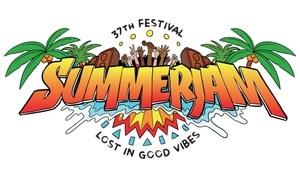Goya. Im Labyrinth der Unvernunft
In the organizer's words:
Francisco de Goya (1746-1828) created the 22 enigmatic aquatint etchings of the cycle Los Disparates (Follies, Absurdities) between 1815 and 1824, which are highlights of his work and the history of graphic art in general. They are represented in outstanding prints in the Kupferstichkabinett of the Herzog Anton Ulrich-Museum. Goya's reputation as a "prophet of modernism" is largely based on this late work. The exhibition focuses on the first edition from 1864 (as Los Proverbios, Proverbs) and further prints from the series published in 1877. A rare proof and examples from Goya's previous etching cycles will also be on display.
The cycle confronts us with disturbing existential truths. In fantastical, nightmarish scenes full of bitter humor and at times blatant cruelty, Goya conjures up the vision - or reality? - of a world that has succumbed to irrationality. Flowing contrasts between man and animal, bondage and dance, masquerade and revelation appear as leitmotifs. Last but not least, it is about toxic gender relations.
Goya was born near Zaragoza in 1746. He traveled to Italy in 1770/71. From 1774 onwards, he rose through the ranks in Madrid, becoming a member of the Royal Academy and court painter to three kings. Completely deaf from 1793, he increasingly withdrew from official duties. Faced with the threat of the reactionary regime of Ferdinand VII, he went into exile in Bordeaux in 1824, where he died in 1828.
The painter as etcher
As a passionate and innovative etcher, Goya used the aquatint etching technique developed in France in the 1760s. It enabled him to create dramatic, painterly compositions against a backdrop of cosmic gloom. The illustration of his graphic technique and its significance as a model for contemporary art integrated into the exhibition is thanks to the collaboration with the Braunschweig University of Art (HBK), Workshop for Etching.
Students of the HBK Braunschweig have intensively studied Goya's life and work as well as the old masterly technique of aquatint etching. The resulting etchings show newly interpreted elements from Goya's subject in the artists' own language and place them in a contemporary context. A total of ten etchings by the following artists are on display: Claudia Bartholomäus, Jan-Hendrik Brinkmann, Kayen Eggeling, Wiebke Fischer, Hyeona Kim, Anton Lonius, Tenange Mengesha, Maria Ondrej, Lilith Queisser and Judith Reiner.













